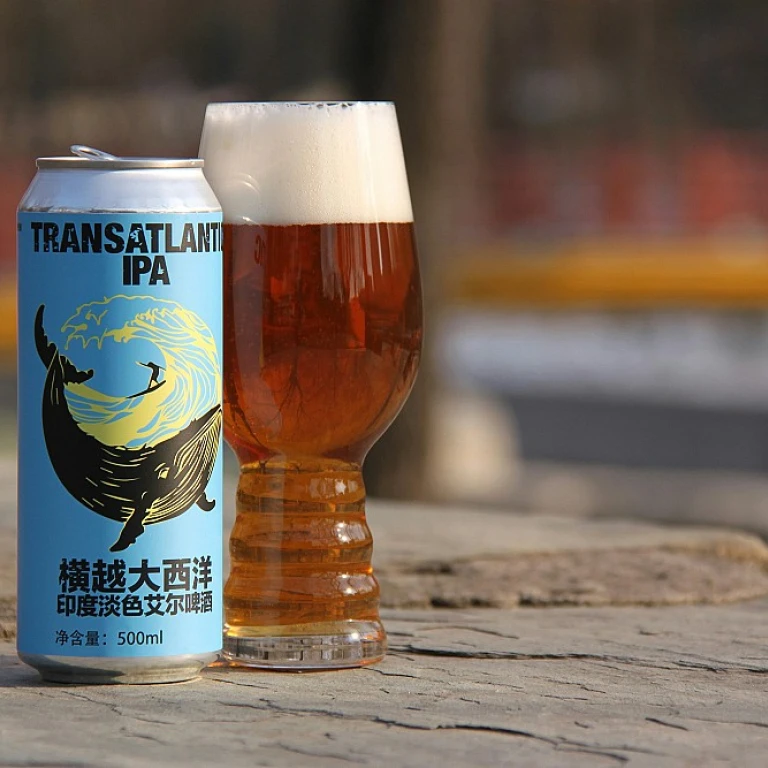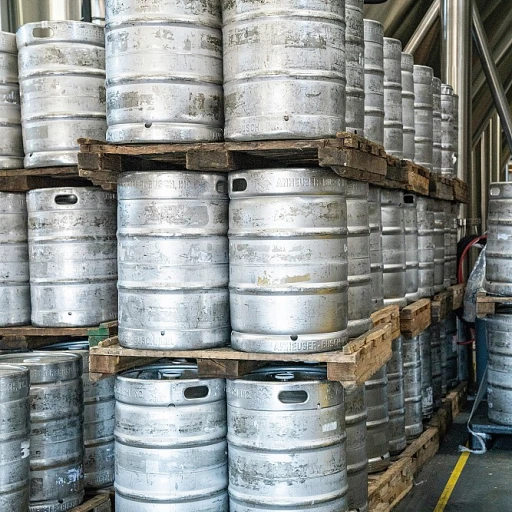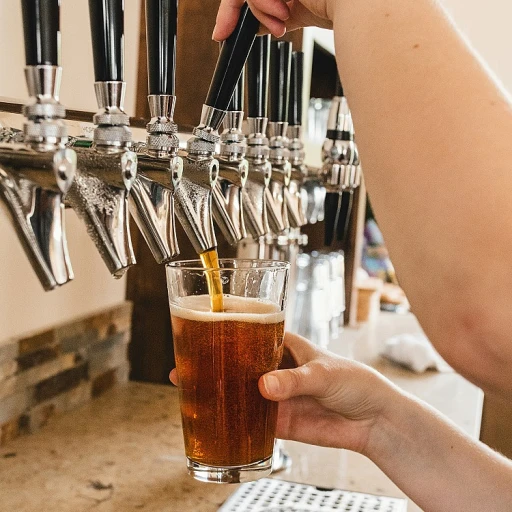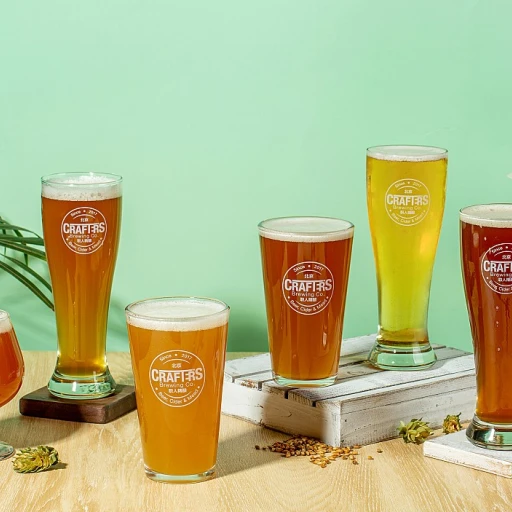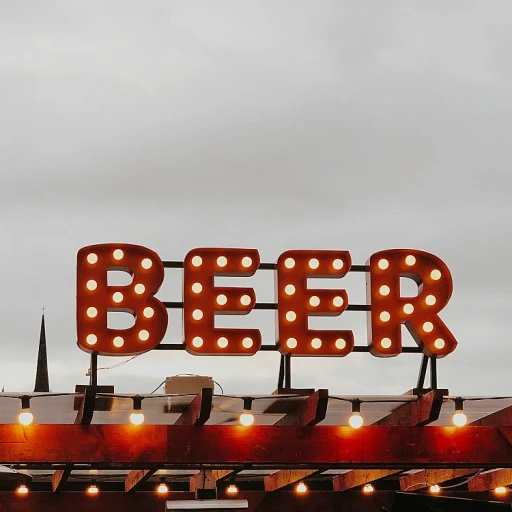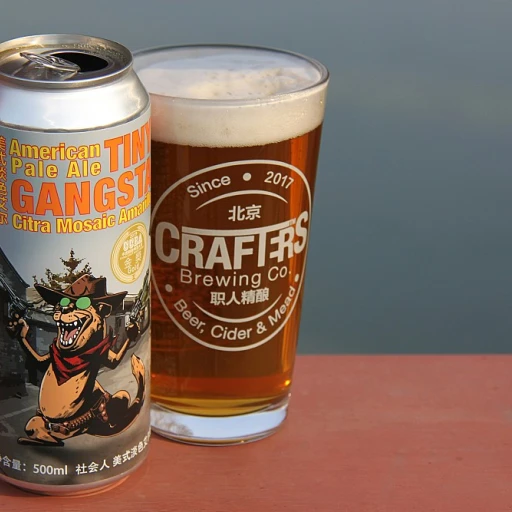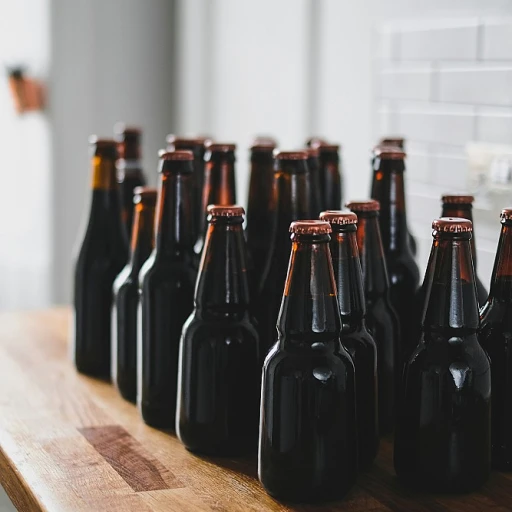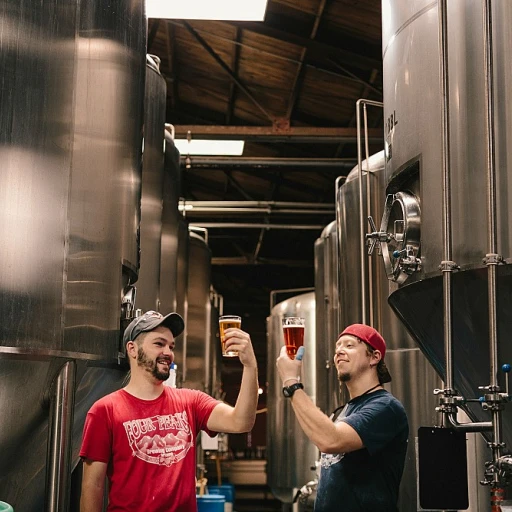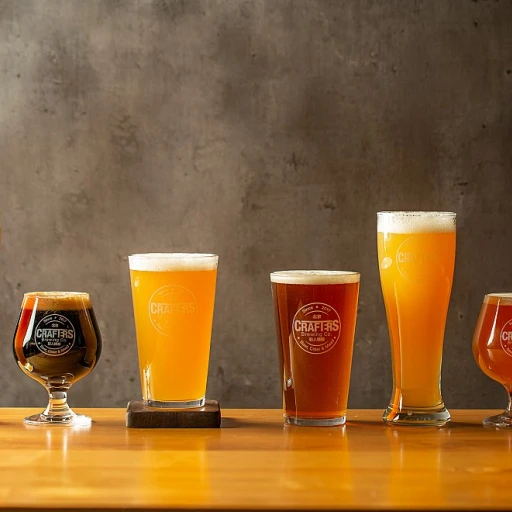
Understanding the Basics of Keg Taps
The Essential Components of a Keg Tap
When it comes to serving beer from a keg, understanding the structure of a keg tap is crucial to mastering those perfect pours. A keg tap is essentially the interface between your keg and the glass. To get it right, you need to know the key parts: the keg coupler, the faucet, the regulator, and the CO2 tank. Think of the tap as the heart of your beer delivery system. Each component plays its role in making sure that your serve is as flawless as possible.
The Magic of Pressure Balancing
The secret to a smooth pour lies in balancing the pressure within your keg. This often overlooked aspect of the keg tap system is crucial, as too much pressure can cause foamy beer, while too little pressure may result in flat pours. Adjusting the CO2 regulator to match the type of beer and keg size can ensure you achieve that exemplary glass every time.
Connecting with the Torpedo Keg
The torpedo keg presents a smart and efficient option for beer enthusiasts looking for a sleek design that fits snugly into smaller spaces. Understanding how the standard keg tap equipment functions with this innovative keg style is valuable for achieving optimal performance. For more insights on how the torpedo keg could revolutionize your beer setup, explore the versatility of the torpedo keg to better align your beer-serving aspirations.
Choosing the Right Keg Coupler and Faucet
Understanding Keg Couplers
In the world of beer, keg couplers are like the unsung heroes of draft systems. They play a pivotal role in ensuring your favorite brew is dispensed flawlessly. A keg coupler is a crucial component that connects the gas and beer lines to your keg and allows the beer to flow effortlessly from the keg to your glass. Understanding the various types of keg couplers is essential to mastering the art of perfect beer pours.- Types of Couplers: There are several types of keg couplers, each designed to work with specific keg styles and breweries. The most common ones include the "D" System (American Sankey), "S" System (European Sankey), and "A" System (German Slider). Knowing which coupler corresponds with your beer keg is key to selecting the right equipment.
- Compatibility: Before purchasing a keg coupler, make sure you understand the keg connection requirements of the beer you're planning to serve. This step ensures compatibility and prevents unnecessary frustrations during setup. The wrong coupler can result in a lack of carbonation or even beer leakage.
Choosing the Right Faucet
Once you've mastered the intricacies of keg couplers, it's time to focus on selecting the perfect faucet for your draft system. A good beer faucet not only helps in achieving the ideal pour but also adds a touch of elegance to your setup.- Standard vs. Specialty Faucets: Depending on what you're serving, you might consider using a standard faucet or opting for a specialized version, such as a nitrogen faucet for stouts or a forward-sealing faucet for reducing leaks and foam.
- Material Considerations: Faucets come in various materials including chrome-plated brass and stainless steel. While chrome-plated options may be more affordable, stainless steel is generally more durable and resistant to corrosion, making it an excellent investment for serious beer enthusiasts.
Setting Up Your Kegerator and Draft System
Preparation of Your Keg Cooling and Dispensing System
Setting up your kegerator and draft system to achieve the perfect beer pour can be an exhilarating journey! Ensuring that your beer is maintained at the ideal temperature while producing a smooth pour involves some pivotal steps to follow.Positioning Your Kegerator
- Optimal Placement: Find a spot where the temperature remains consistent, away from heat sources.
- Leveling: Make sure the kegerator is level, as this can affect the performance of the beer flow and the cooling efficiency.
Temperature Control
- Temperature Setting: Typically, beers are best enjoyed at 38°F (3°C). This helps avoid excessive foam and maintains freshness.
- Regular Monitoring: Use a thermometer to regularly check the internal temperature and adjust as needed.
Gas System Setup
- CO2 Tank Installation: Connect your CO2 tank properly, ensuring all connections are tight, and the gas flow is regulated for consistent carbonation levels.
- Check and Adjust Pressure: Set the regulator to the appropriate pressure, usually between 10-14 psi, depending on the beer type.
Beer Line Maintenance
- Cleaning and Sanitizing: Regularly clean the beer lines and components to prevent build-up and contamination. This will enhance the taste and quality of the beer.
Tips for Perfect Beer Pours
Perfect Your Pouring Technique
Pouring beer from a keg is an art that requires a bit of finesse. A few simple techniques can greatly enhance your serving experience and ensure that every glass is as delightful as it should be.- Start with the Right Glassware: Always start by choosing the right glass for the beer you are serving. The glass should be clean, and it’s best if it’s slightly chilled, but not frozen.
- Properly Hold the Glass: Begin by holding your glass at a 45-degree angle and start pouring slowly down the side. This technique helps to minimize foam while also preserving the beer's carbonation.
- Adjust to Full Tilt: As you fill the glass, gradually straighten it as you reach the halfway point, pouring directly into the center. This method helps to establish the perfect head on the beer, usually about 1-1.5 inches depending on the style.
- Avoid Tap Contact: Keep the faucet opening a centimeter from the lip of the glass to avoid contamination. This helps maintain the quality and flavor of the beer.
- Mind the Carbonation: If you notice excessive foam, it might be a sign of over-carbonation or excessive pressure in your draft system. Referring back to your kegerator setup can help solve this issue.
Reviews and Recommendations
Our Favorite Products and Expert Opinions
Whether you're a seasoned homebrewer or just starting out with your home draft system, choosing reliable and high-quality keg tap equipment can significantly enhance your beer-tapping experience. Let’s dive into some top-reviewed products and expert recommendations.- Keg Couplers: The most popular keg couplers on the market include the standard "D" system couplers for domestic kegs and the "S" system for European ones. Brands like Micro Matic and Taprite are known for their durability and user-friendly designs.
- Faucets and Towers: Perlick and Intertap faucets come highly recommended for their innovative forward-sealing designs that improve hygiene and reduce beer waste. Pair these with stainless steel towers for a sleek and durable setup.
- Draft Systems: For those setting up a kegerator, considering a complete draft system package from brands like Kegco can save time and hassle, ensuring compatibility and quality.

